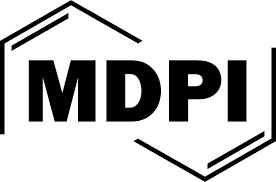Study: Physician organizational affiliation impacts procedure locations, costs
Editor's Note
Hospital-employed physicians are least likely and private equity (PE)-affiliated physicians most likely to provide care in lower-cost ambulatory surgery centers (ASCs) or offices, according to a study published July 24 in the Journal of Market Access & Health Policy These care site differences translate to substantial variation in total procedure costs under both Medicare and commercial insurance.
Researchers analyzed claims for 32 high-volume procedures across cardiology, gastroenterology, orthopedics, and urology. Four physician affiliation models were evaluated: unaffiliated private practice (UPP), PE-affiliated private practice (PEAPP), corporate, and hospital-based. Using Medicare data and commercial claims summaries, the authors examined where services were performed—office, ASC, or hospital outpatient department (HOPD)—and compared reimbursement amounts.
Findings include:
- The HOPD was consistently the highest-cost outpatient setting across all services and specialties. Compared to lower-cost settings, total reimbursement for HOPD services ranged from 124% to 861% higher in Medicare and from 111% to 1,346% higher in commercial insurance.
- After risk adjustment, patients of PEAPP physicians had the highest average probability (63%) of receiving care in a lower-cost setting, followed by UPP (60%) and corporate-affiliated physicians (55%). Hospital-affiliated physicians had the lowest probability, at 37%. In cardiology and gastroenterology, patients treated by PEAPP physicians were more than twice as likely to receive care in a lower-cost site than those treated by hospital-employed physicians (72% vs 34% and 62% vs 26%, respectively).
- Patients of PEAPP physicians had the highest average probability (63%) of receiving care in a lower-cost setting, followed by UPP (60%) and corporate-affiliated physicians (55%). Hospital-affiliated physicians had the lowest probability, at 37%. In cardiology and gastroenterology, patients treated by PEAPP physicians were more than twice as likely to receive care in a lower-cost site than those treated by hospital-employed physicians.
- Commercial reimbursement data, which was not segmented by affiliation model, showed higher professional fees in lower-cost settings were often offset by the much larger facility fees charged in HOPDs. In some cases, commercial HOPD facility fees exceeded those in ASCs by thousands of dollars.
The full study also includes details on factors influencing hospital’s leverage in the commercial market, emerging policy and newly introduced legislation, and external analyses detailing similar cost differentials.
Read More >>

 Free Daily News
Free Daily News